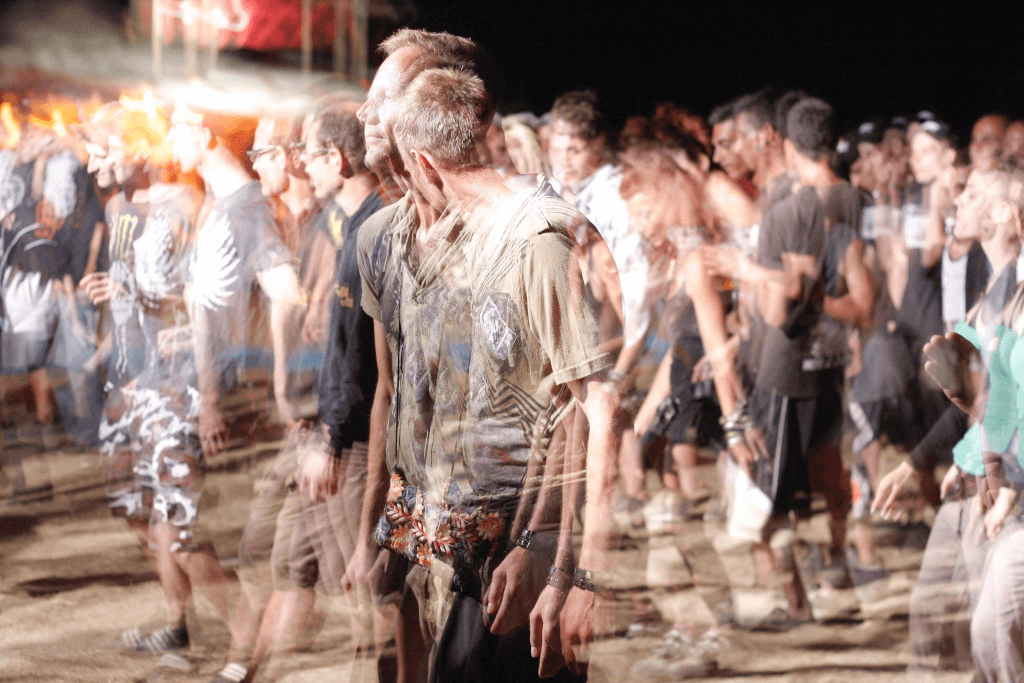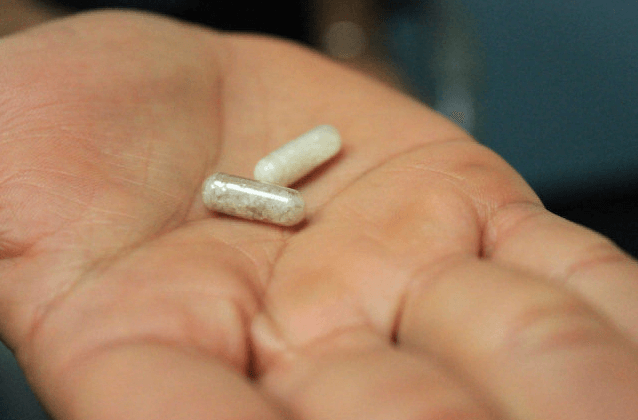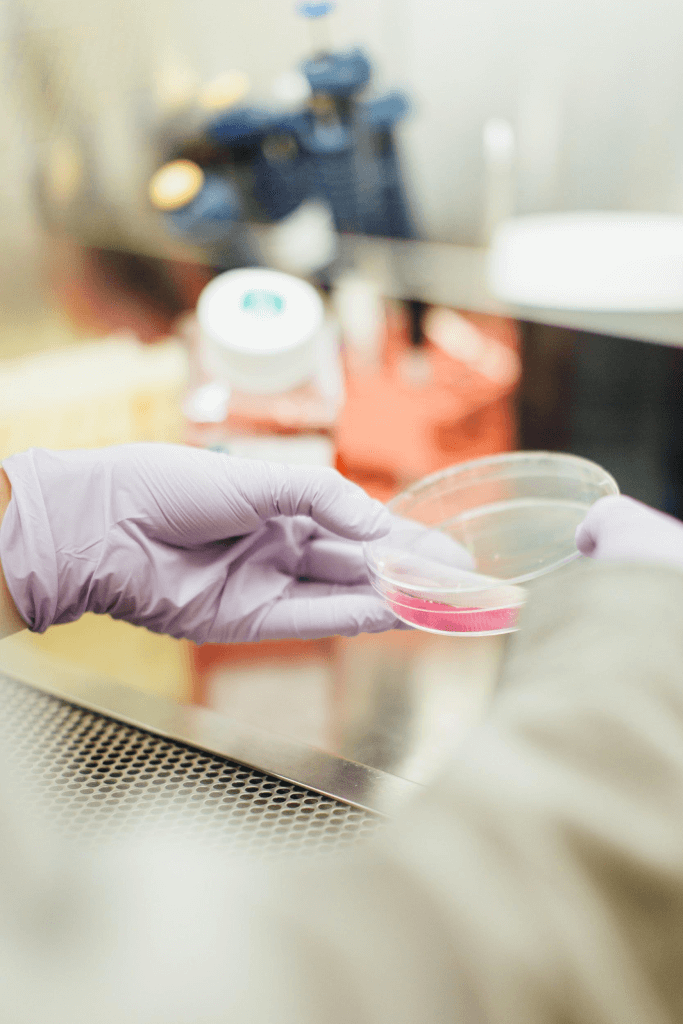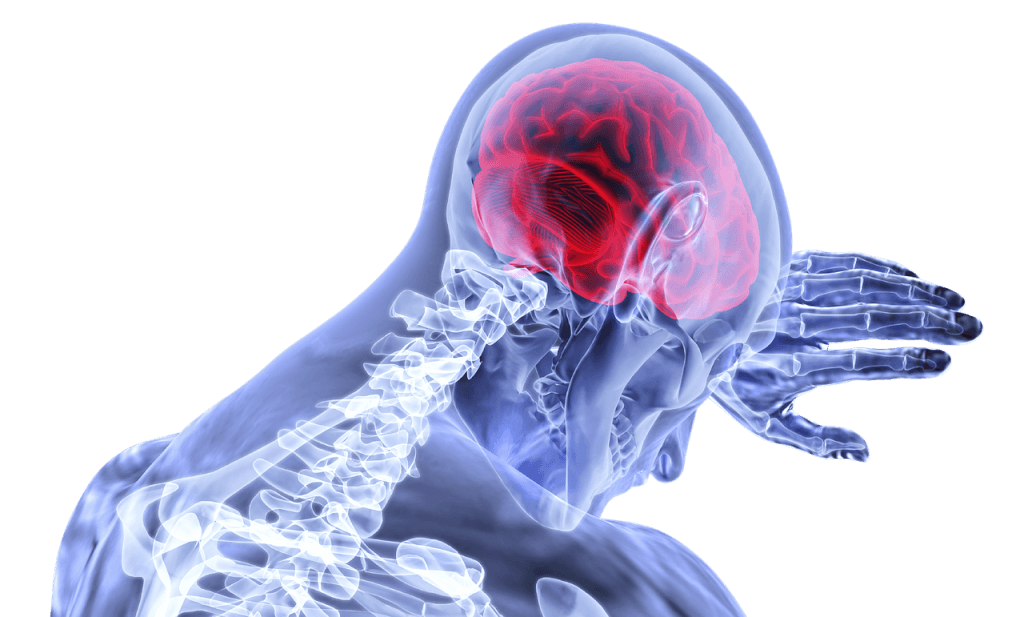Molly – Not Who You Think She Is
by Tarah Peters

So you finally agreed to meet your friends at this big EDM festival,
You’ve never been to one, and they’re pumped. Ranting and raving…that you will be too. They’ve invited a new friend. Her name’s been tossed around more than your friends’ heads as they dance to the beat beside the stage. She’s said to be on the tip of everyone’s tongue, and it’s apparent that you’ll soon be introduced as well. You’re curious but afraid, afraid of the social impact or consequences, lest you should have to ask them about her true identity, but much more so, the immeasurable danger of the unknown.
She goes by the cute nickname, Molly. If you haven’t seen her, it’s likely you’ve heard of her. She’s become quite famous in the past five years and has weaseled her way into popular culture through lyrics and public references made by entertainers like Madonna, Miley Cyrus, and Kanye West (surprise, surprise). She’s puny but potent and an anything-but-natural disaster tucked away inside a clear and inconspicuous capsule.
Short for ‘molecular,’ Molly is derived from the synthetic drug MDMA, or 3,4-methylenedioxymethamphetamine, a name about as long as the all-nighter it’s marketed to fuel.
The “Love Drug”
MDMA is classified as a dissociative hallucinogenic or psychedelic (a stimulant) with euphoric effects that heavily disrupt the delicate balance of norepinephrine, serotonin, and dopamine in the brain (Serotonin helps to regulate mood, aggression, sexual activity, sleep, and pain sensitivity, while dopamine regulates movement, focus, emotional responses and also plays a significant role in reward-motivated behavior). According to the DEA, the drug causes changes in perception, increased sensitivity to touch, energy, sensual and sexual arousal, need to be touched, and stimulation. That said, it’s no surprise that users are reportedly more likely to also engage in risky sexual behaviors.


What’s the Difference: Ecstasy, Molly, MDMA
On its own, MDMA is a white powder or crystal. In the form of a pressed tablet, it’s popularly and infamously known as Ecstasy (typically bright and colorful, to resemble candy). In pill form, or white powder inside a clear capsule, it’s referred to as Molly, and pushed to party-goers ostensibly as the ‘safe’ and ‘pure’ powder form of its mother drug – but researchers and officials have been seeing significant changes with the party drug in recent years that may make its users think again.
Where Did It Come From?
MDMA first hit the scene way back in 1914, developed synthetically by Merck’s German chemical company, debatably an appetite suppressant and blood-clotting agent. By the 1970s, it was lightly used to aid psychotherapy treatment, primarily with depression, despite a lack of data to support its effectiveness. On the brink of 1980, psychopharmacologist Alexander “Sasha” Shulgin created a new and more accessible synthesis of the drug and tested it on himself, becoming famously responsible for the emergence of MDMA and later gaining the title “Godfather of Ecstasy.” By the mid-1980s, MDMA had become a VIP in the acid house dance-drug craze. Its popularity exploded among recreational users for its ability to induce euphoria and heightened sensations, thereby introducing its firstborn tablet, Ecstasy, as fuel for fun at dance parties in raves and nightclubs. Its popularity began to wane by the early 2000s, when, after a number of deaths and hospitalizations, Ecstasy developed a bad rap as being impure and laced with adulterants. This sparked a rebranding of the drug and, bing-bang-boom, Molly was conceived.
Together, they also share a multitude of happy-go-lucky nicknames for further disguise.
Mollie Street Names
Superman. Adam. Eve. Happy Pills. E-Tarts. Go. Love Drug. Beans. Peace. Candy. X. Scooby Snacks. Dancing Shoes. Malcolm X. Smartees.
‘Clarity.’ Digest that one for a moment.
Mollie – The Chemical
MDMA is classified as a dissociative hallucinogenic or psychedelic (a stimulant) with euphoric effects that heavily disrupt the delicate balance of norepinephrine, serotonin, and dopamine in the brain (Serotonin helps to regulate mood, aggression, sexual activity, sleep and sensitivity to pain, while dopamine regulates movement, focus, emotional responses and also plays a major role in reward-motivated behavior). According to the DEA, the drug causes changes in perception, increased sensitivity to touch, energy, sensual and sexual arousal, need to be touched, and need for stimulation. That said, it’s no surprise that users are reportedly more likely to also engage in risky sexual behaviors.


What Happens When Someone Takes Molly
A Toxic Timetable
The effects of Molly (a typical dose of 80-100mg) typically kick in within 30 to 45 minutes of ingesting the drug, first inducing vertiginous feelings of nausea and some anxiety before then turning into relaxation and euphoria, along with muscle tension, chills and involuntary teeth clenching. Vomiting is relatively standard. Emotional warmth follows with a stronger sense of empathy, where users become more talkative and friendly. An increase in energy along with body temperature, blood pressure, heart, and breathing rate occur.
The peak high, commonly called “rolling,” hits within about 90 minutes to 3 hours after taking the drug. Users have reported rapid involuntary eye ‘jiggling’ or their eyes’ shaking’ and rolling into the back of their head. Mild to extreme jaw clenching (and possible concern that your jaw is locked), tongue and cheek chewing, feelings of heightened senses along with hallucinations and blurred vision may transpire. Moderate to heavy sweating ensues, significantly increasing users’ potential to become dehydrated and posing an even more significant threat when dancing in a club atmosphere or drinking alcohol.
Symptoms usually last 4 to 8 hours, but some have been known to occur or last days, up to even a week after ingestion. However, if a person takes a massive dose of Molly, any symptoms can rapidly lead to psychosis. While in a psychotic state, a person may experience hallucinations and delusions that cause violent, very strange, or dangerous behaviors. It’s a terrifying and disturbing reality that leaves others feeling completely helpless. Psychosis evokes paranoid delusions involving jealousy or delusions of grandeur, a feeling that people are out to get you, an ability to read minds, a split from reality, depersonalization, hostility, and impulsivity. One report described a 26-year old first-time user of MDMA who had fallen into a state of psychosis upon ingestion with uncontrollable aggression and persistent delusions about being a werewolf (which did not end with the cessation of the drug use – these delusions lasted months).
The Side Effects of Molly
After the initial high from Molly wears off, users have reported abnormal, unexpected emotions with a strong desire to take more of the drug (coming down) and intense feelings of sadness, anxiety, depression, or suicidal thoughts that last from one to three days. This can linger up to approximately two weeks (longer with chronic users). Others say it dramatically affects their appetite and sleeping patterns, finding themselves unable to fall asleep when physically tired. Erectile dysfunction and difficulty reaching orgasm are also joint after taking Molly.
The drug’s long term effects are associated with significant depletions of the neurotransmitters serotonin, dopamine and norepinephrine, which can lead to cognitive issues, problems with emotional control and severe emotional distress. For example, the pleasuresome release of serotonin that occurs when taking MDMA causes those receptors in the brain to then down-regulate, meaning they turn themselves off for a while. Reported long term effects also include anxiety, depression and severe paranoia. Clinical studies suggest that MDMA may increase the risk of long term, perhaps permanent, problems with memory and learning. There are also studies that indicate brain toxicity can occur after use of the drug, however, there is little or no knowledge of what the consequences are.
“There’s a lot of psychiatric long term effects, and certainly there’s injury that you can do to your brain,” said Dr. Jeff Bernstein, Medical Director of Poison Control at Jackson Memorial Hospital. “We don’t even know all the long term effects because the drug has only recently been re-popularized.”
Consider the irony that Molly is a drug taken to increase pleasure that can cause serious damage, reducing a person’s ability to feel pleasure at all. ,
Common Causes of Death Associated with Molly
Exhaustion, overheating, and dehydration together dramatically increase seizure potential and can lead to severe damage to the brain and other organs. In the same stride, they are compromising the heart’s ability to maintain its normal rhythm.
The DEA reports that high doses of MDMA can lead to a sharp increase in body temperature, a condition called hyperthermia (a heat stroke), resulting in liver, kidney, cardiovascular system failure, and, ultimately, death. Because MDMA can interfere with its metabolism or breakdown within the body, harmful levels can be reached by repeated drug use within short intervals.
Strangely, although dehydration and heatstroke in club environments are the most common causes of medical emergencies relating to MDMA, the drug itself is actually water retentive, causing the body to retain water. There have been a number of cases where a person has died from consuming too much water while on MDMA. Hyponaetremia, or ‘water intoxication,’ is a condition in which the body holds onto too much water, thus diluting the amount of sodium in the blood and causing levels to drop dangerously low. This dramatic increase in water in your body causes a water shift from the intracellular compartment to the extracellular compartment. The osmotic pressure on your tissues increases, forcing water into them, causing your organs to swell, but the brain doesn’t have that option. The intense pressure forces the tearing of blood vessels and bleeding within the brain, resulting in severe and irreversible brain damage.
“Pure” Molly – A Pure Fallacy
Recreational users often refer to the “pure” and “clean” features of Molly, making it a seemingly better, safer option than its contaminant-corrupted sister, Ecstasy. Now marketed to very young, first-time users in addition to rave and EDM fans, who think they’re getting pure and unadulterated MDMA, when research reveals this is often a maliciously well marketed misunderstanding. While this could have been true at one point, it isn’t now. In reality, the promised ‘pure’ MDMA experience “doesn’t exist,” says Rusty Payne, a spokesman with the Drug Enforcement Administration.
Molly today is neither pure nor safe. In fact, chemical analyses of drugs sold as “Molly” have shown to instead contain many, much more dangerous drugs and often contain no MDMA at all. Between 2011 and 2013, for example, over 80% of the Molly seized by the DEA in the northeast US did not contain any MDMA, instead many contained methylone, the same stimulant found in bath salts.
In its pill form, Ecstasy is actually harder to tamper with, but as a powder, Molly can be easily cut with a myriad of other substances, or cutting agents. Capsules of what users had thought to be pure MDMA have actually been found to contain not only methylone, but also PCP, heroin, cocaine, methamphetamine (crystal meth), toxic household substances, DXM (dextromethorphan, which is found in cough medicines and extremely dangerous at high doses), a very potent form of amphetamine known as PMA (which is more likely than many other drugs to kill with one dose) and even rat poison.
“Molly can be pretty much anything,” says Special Agent Joseph Moses. “Molly is whatever the seller wants to say is Molly.”
Payne states that the ‘Molly’ they are finding is actually one of several synthetic designer drugs that have been flooding the US and European marketplace from chemical labs, primarily based in China. Most of the time, it’s a mixture of any number of synthetic drugs, many of which are more dangerous and much less predictable than MDMA. “A lot of people are missing the boat here,” he said. “80 to 90 percent of the time we are given a chemical or substance believed to be Molly, we’re finding most of the time it is something completely different.”
In a report with CNN, “You’re playing Russian roulette if you take these compounds because we’re seeing significant batch-to-batch variances,” Associate Deputy Administrator for the DEA, Al Santos, said. Officials have been finding completely different ingredients in drugs sold in the same packaging. Santos also says the amount of active ingredients can be dangerously different. “The dosing for these sorts of drugs are in the micrograms, the room for error is tremendous, and we’ve seen a lot of deaths with some of these compounds.”
“It’s exactly the same phenomenon that occurred with ecstasy a decade ago,” said Dr. Charles Grob, a professor of psychiatry and pediatrics at the UCLA School of Medicine and an expert on MDMA. “Ecstasy had terrible reliability and it’s the same with Molly. Though it’s being marketed as pure MDMA, it’s a hoax.”
Is it ignorance? Negligence? What’s truly in a name? Call it whitewashing, call it downplaying, soft-pedaling, sugarcoat it anyway you’d like, but you still have an incredibly dangerous and ever-changing drug that has over twenty thousand people each year in an ambulance at death’s door. Today it’s ‘Molly,’ tomorrow it may have another name. Nonetheless, it has destructive and disastrous consequences that could send you knocking on the same door. Is it really worth it? If you ask me, that is a pill that’s hard to swallow.
Works Cited
Associated Press / NBC4. “2 Dead After Apparent OD at Merriweather Concert.” NBC4 Washington, NBC4 Washington, 5 Aug. 2014, www.nbcwashington.com/news/local/One-Dead-One-Critical-After-Apparent-Drug-Overdose-at-Merriweather-Post-Pavilion-Concert-269677631.html.
Brodwin, Erin. “What ‘Molly’ – the Silicon Valley Elite’s Drug of Choice at Sex Parties – Does to Your Brain and Body.” Business Insider, Business Insider, 4 Jan. 2018, www.businessinsider.com/ecstasy-molly-mdma-effects-mental-physical-2018-1?IR=T.
Cha, Ariana Eunjung. “Real-Time Testing of Drugs at Music Festivals Shows ‘Molly’ Often Isn’t ‘Molly’.” The Washington Post, WP Company, 11 July 2017, www.washingtonpost.com/news/to-your-health/wp/2017/07/11/real-time-testing-of-drugs-at-music-festivals-shows-molly-often-isnt-molly/?utm_term=.97df96e28e7e.
Griffin, Drew. “9 Things You Should Know about the Drug Molly.” CNN, Cable News Network, 29 Mar. 2018, edition.cnn.com/2013/11/22/health/9-things-molly-drug/index.html.
“MDMA; Molly, Ecstasy.” DEA, www.dea.gov/.
“MDMA.” MDMA | Ecstasy | Mandy| Drugs and Me, www.drugsand.me/en/drugs/mdma/#v-pills-After.
Power, Mike. “Alexander Shulgin.” The Guardian, Guardian News and Media, 3 June 2014, www.theguardian.com/science/2014/jun/03/alexander-shulgin.

